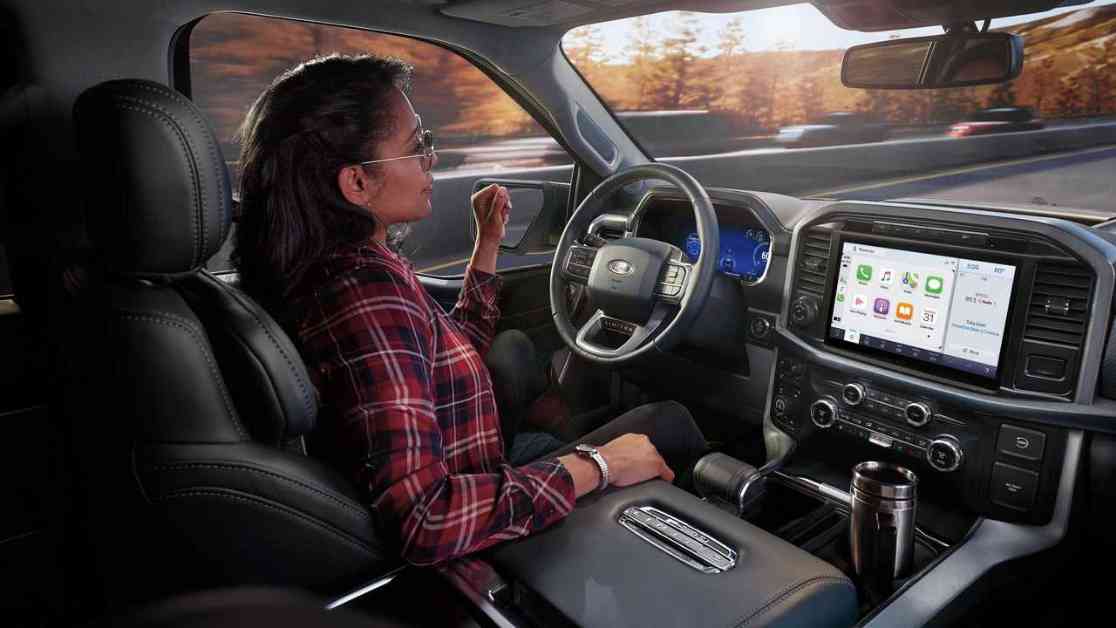A recent study published in Nature Communications compared the driving capabilities of humans versus automated driver-assist systems with partial automation. The study, which analyzed over 37,000 vehicle collisions, revealed some interesting findings. It turns out that humans are actually better at driving than automated technology, especially in low-light situations and when making turns.
According to the study, vehicles equipped with automated systems were five times more likely to be involved in crashes during sunrise or sunset compared to human-driven vehicles. Additionally, in cornering situations, the ratio was twice as many crashes with automated systems. The data, which included approximately 35,000 crashes involving human drivers and 2,100 with automated systems active, clearly shows the limitations of current automated technology.
One of the main issues highlighted in the study is the inability of automated systems to adapt to low-light conditions. Cameras and sensors may struggle to interpret early-morning or late-day shadows, potentially mistaking them for objects. Fluctuating light conditions can also pose challenges for algorithms, leading to confusion within the system. As a result, objects in shadows may go undetected, as demonstrated by crash tests where vehicles failed to brake for simulated pedestrians or animals.
When it comes to making turns, the study suggests that current automated systems may lack situational awareness. Unlike humans, who can anticipate obstacles in dynamic environments like intersections, automated systems tend to focus on the immediate surroundings of the vehicle. This means that potential hazards further away, such as a heavy fog bank, may not be detected by the system. The study found that vehicles under autonomous control were often driving straight and at a constant speed before emergency maneuvers, while human drivers were more likely to slow down or change lanes beforehand.
Overall, the study concludes that while driver-assist systems can help prevent collisions, they are not yet ready for fully autonomous driving. Automation may work well in straight-line scenarios, but more research and data are needed before Level 4 autonomous driving can become a reality. In the meantime, it’s clear that human drivers still have the upper hand when it comes to navigating challenging driving conditions.










